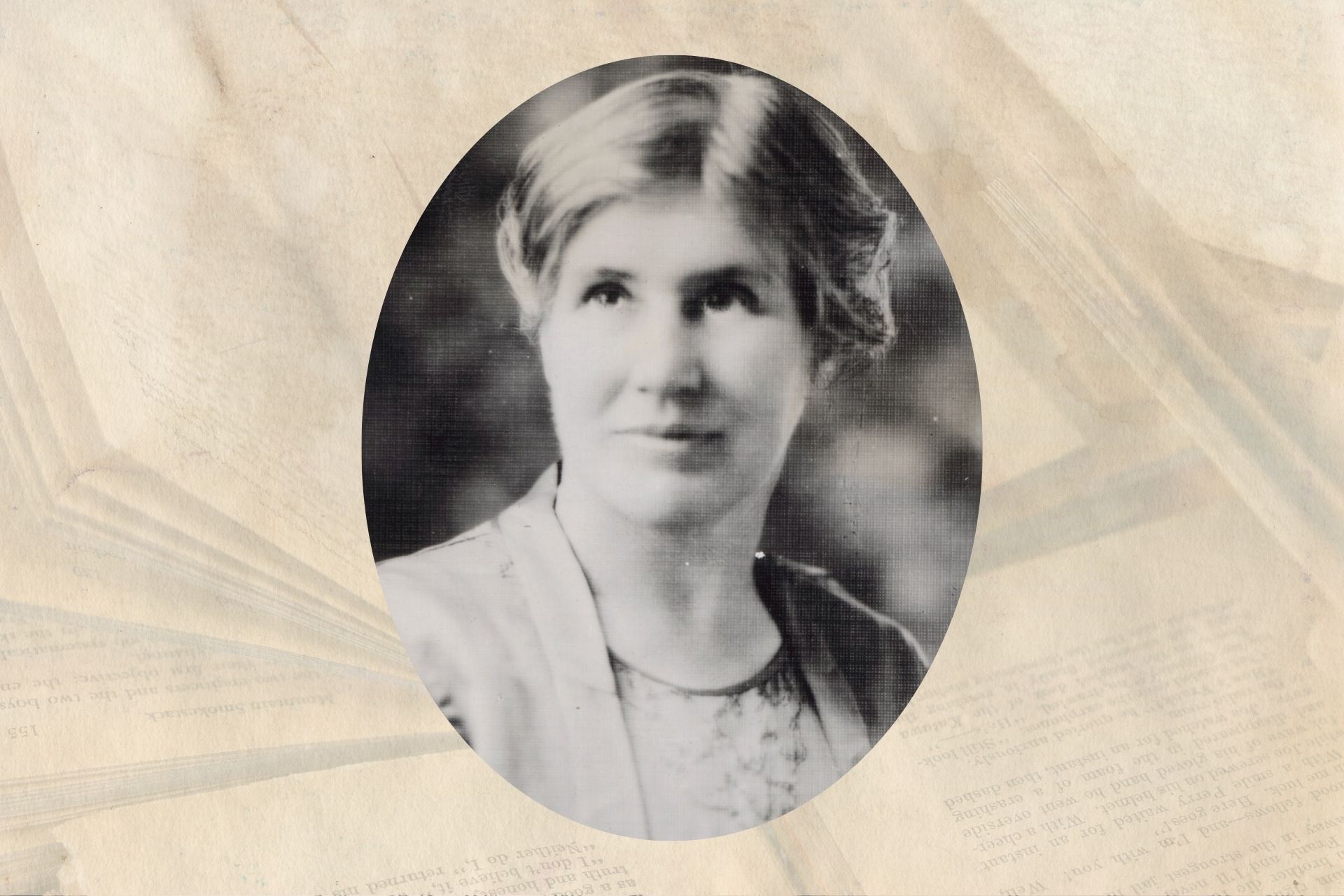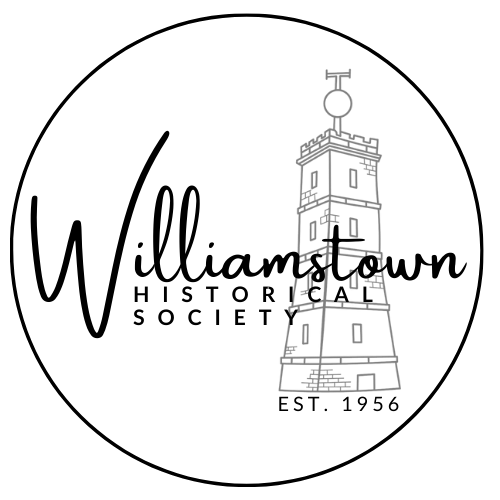Williamstown Notables - Catherine Baker OBE

A Life Devoted to Australian Literature
Catherine (Kate) Baker was born on April 23, 1861, in Waterford, Ireland. Her father, Francis Wilson Baker, was a heraldic painter, and her mother's name was Catherine (Kate) Sheffield. Unfortunately, Francis passed away when Catherine was just three months old. In the 1860s, Catherine's mother brought her and her siblings to Victoria, and by 1870, they had settled in Williamstown. They were living with Catherine's mother's sister, who was married to the then Williamstown mayor, Edward Crane.
The family lived in Williamstown and Catherine received her education at Williamstown North State School. In 1881, she started working as a teacher at Hyde Street State School in Footscray. Later, in the same year, she took responsibility for a school at Wanalta Creek, near Rushworth. Catherine also taught at Williamstown North State School from 1887 to 1898. Afterwards, she continued her work as an infant' teacher.
When Catherine was young, she used to visit the Williamstown Mechanic's Institute, which served as the local library. During her visits, she used to meet Ada Cross, also known as Ada Cambridge. Later, Catherine advocated for a memorial to honour Ada Cambridge, and in 1946, a plaque was erected in the foyer of Williamstown Town Hall by the Lindsay Gordon Lover's Society. The plaque was unveiled by the president of the Bread and Cheese Club, J. K. Moir.
While teaching at Wanalta Creek, Catherine boarded at the home of Isaac Furphy's parents, who was one of her students. The next year, she moved to board with Joseph Furphy's parents in Burramboot East. During this time, she had a brief meeting with Joseph Furphy before moving back to Melbourne. However, Catherine and Joseph started a lifelong correspondence, where she encouraged him to write a book on his outback memoirs.
In 1889, after receiving much encouragement from his friend and fellow blacksmith, William Cathels, and Catherine, Furphy submitted his work "Such Is Life" to The Bulletin, under the pseudonym Tom Collins. The novel was handwritten and had a total of 1,200 pages. Although it received a positive review, Furphy's literary editor, A. G. Stephens, deemed it too lengthy for publication. Eventually, it was reduced to a more manageable form and was finally published in 1903.
After Joseph Furphy passed away in 1912 in Western Australia, Catherine suffered a nervous breakdown and retired from the Victorian Department of Education, where she was employed. Despite his death, her love for Furphy did not diminish, and in 1913, she took the initiative to collect and publish The Poems of Joseph Furphy through the Lothian Book Publishing Company. She financed the publication using her own money and worked tirelessly to bring Furphy's literary work to the public's attention.
Catherine was a highly respected individual in the Australian literary community. She frequently corresponded with Australian authors and was held in high esteem by many notable figures in the field. Her collection of letters is currently housed at the National Library of Australia. Even in her later years, Catherine remained active in the Australian literary scene and was a member of the Henry Lawson Society. Moreover, she played a crucial role in the foundation of the Australian Council for Civil Liberties.
In 1937, James Booth and the Australian Literary Society lobbied for Catherine to be honoured by the King. As a result, she was awarded an OBE for her devoted service to Australian literature.
Catherine passed away on 7th October 1953 at a Camberwell private hospital when she was 92 years old. Her funeral was held at St. Peter's Church in East Melbourne, and she was cremated at Springvale Botanical Cemetery with Methodist rites. Catherine was one of the founding members of the Australian Council for Civil Liberties and was appointed vice president just two weeks before her death.
References:
Wikipedia website, The Canberra Times newspaper, The Age newspaper, Williamstown Chronicle newspaper.
Image courtesy of Baker Family











